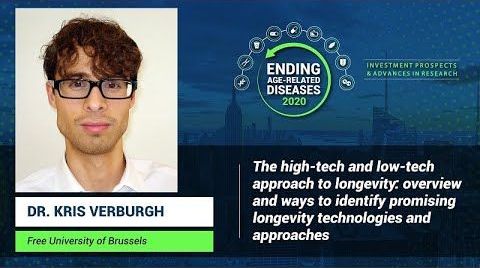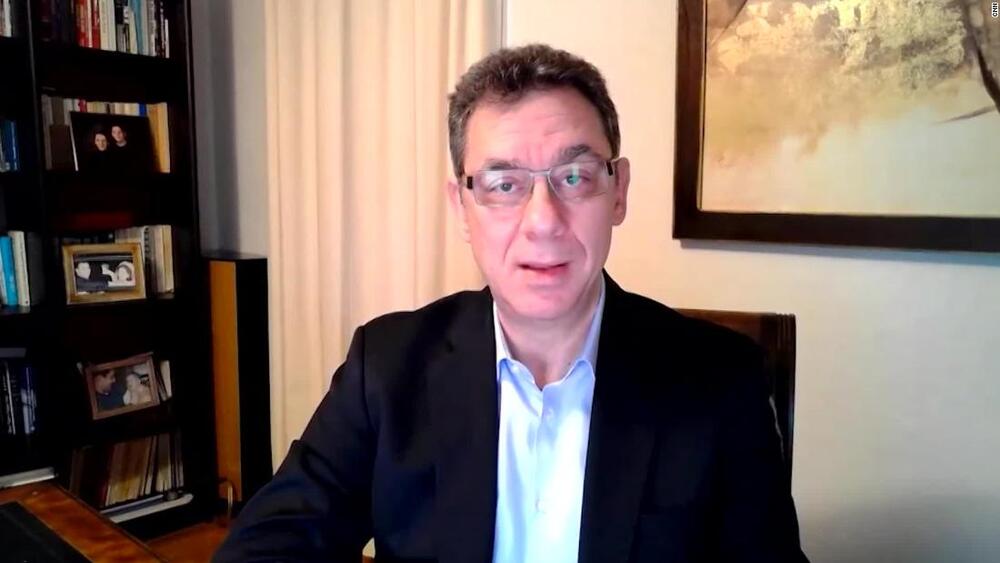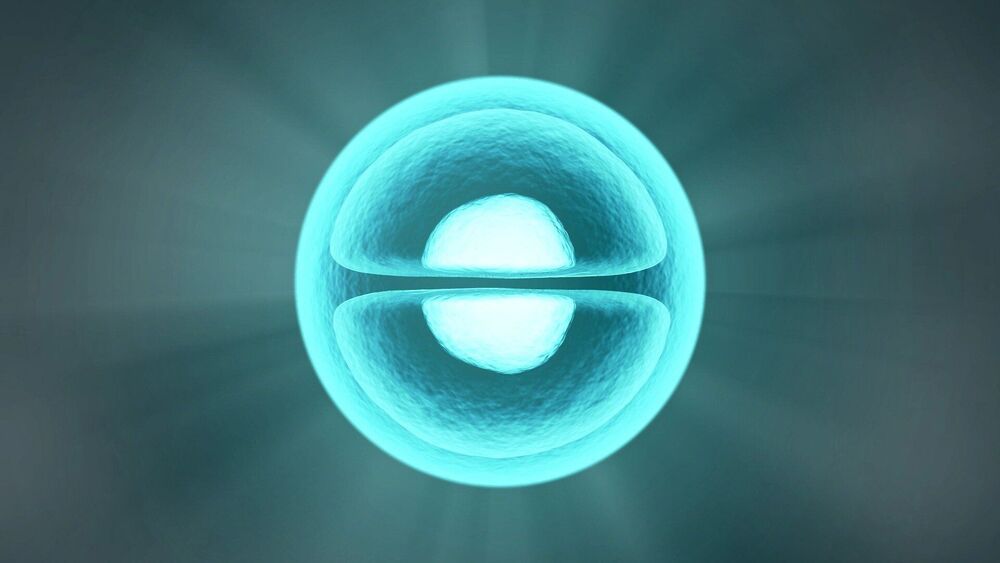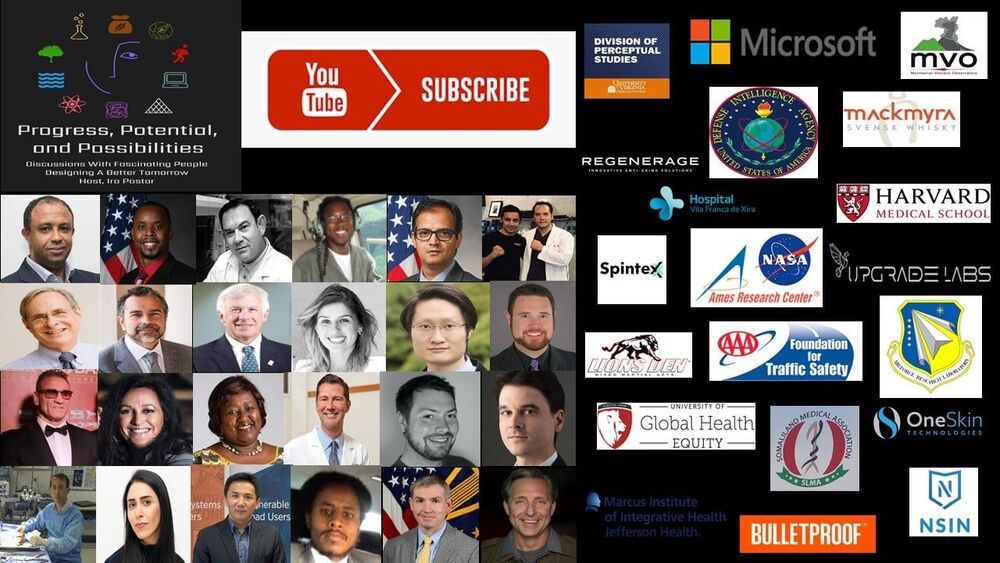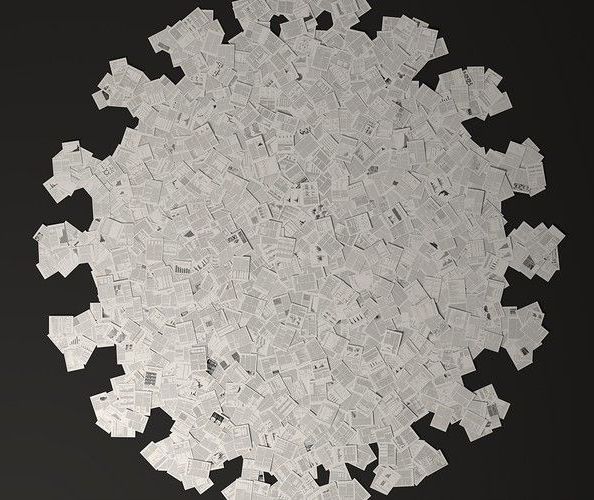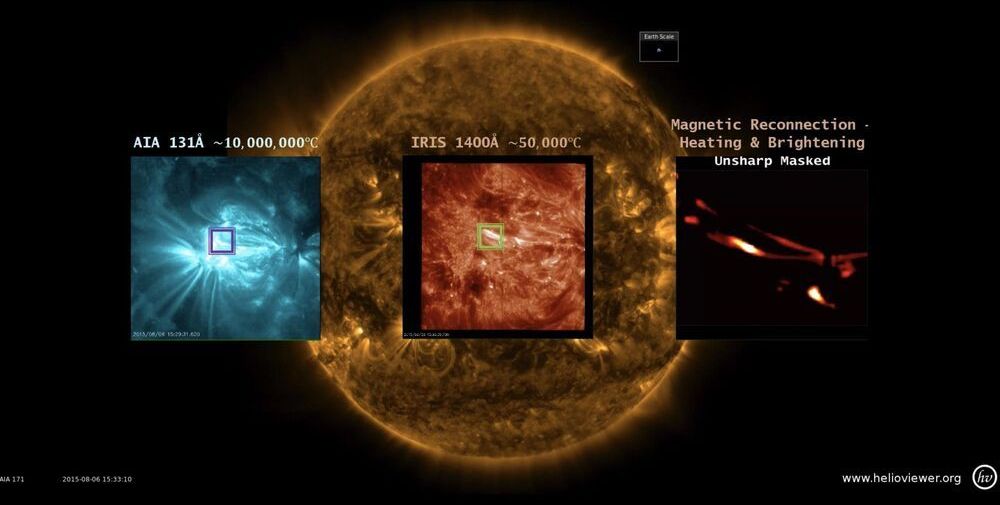A bit of everything here from hallmarks of aging to epigenetic reprogramming(which effects telomeres, gene expression, etc) and even diet.
In this talk given at Ending Age-Related Diseases 2020, Dr. Kris Verburgh of the Free University of Brussels discusses the methods by which people might lead longer, healthier lives. While some of these methods involve the use of advanced rejuvenation biotechnology techniques, others are simpler to implement and require a minimum amount of technology, such as nutrition and exercise, along with health-monitoring technology that already exists in the public space.
HOW CAN YOU SUPPORT US?
▀▀▀▀▀▀▀▀▀▀▀▀▀▀▀▀▀▀▀▀▀▀▀▀▀▀
LEAF / Lifespan.io is a 501©(3) nonprofit organization. Everything we’ve done thus far and everything we will do in the future is thanks to your support — please stand with us to fight the diseases of aging and increase healthy human lifespan.
► Support us with monthly donations by becoming a Lifespan Hero: https://www.lifespan.io/hero.
► Make a one-time donation and learn about other ways to support us here: http://lifespan.io/support.
► Learn more, and help us #CrowdsourceTheCure: https://www.lifespan.io.
► Subscribe: https://www.youtube.com/user/LifespanIO
JOIN US
▀▀▀▀▀▀▀▀▀▀▀▀▀▀▀▀▀▀▀▀▀▀▀▀▀▀
Join us, and together, we can overcome diseases like Alzheimer’s, heart disease, and cancer by addressing their shared source: the aging processes themselves.
#Research #Aging #Funding #LEAF #Biotech #Nutrition #Rejuvenation #Lifespan
